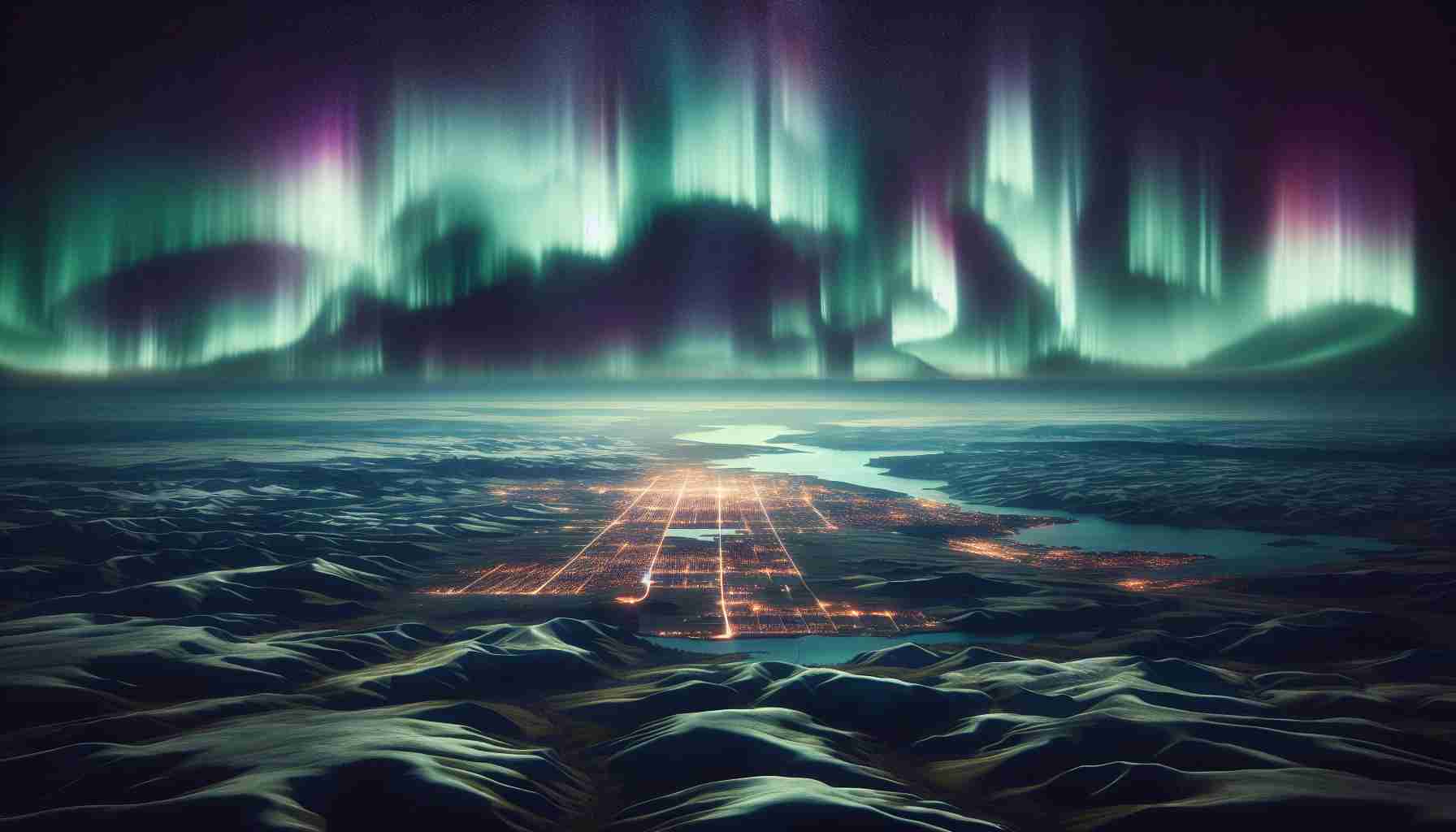An extraordinary geomagnetic event gave residents across parts of the United States a rare opportunity to witness the spectacular Aurora Borealis, typically unseen so far from the polar regions.
As images flooded social media platforms, viewers were treated to a dazzling display of nature’s grandeur. The appearance of the Northern Lights was made possible for a wider audience thanks to the ingenuity of modern smartphones. Even in areas with less clarity, the technology sitting in our pockets worked like magic. The night mode feature found on many smartphones equipped night-sky enthusiasts with the means to immortalize the vibrant hues, often enhancing the visuals beyond the capability of the human eye.
While the auroras painted the night skies in vibrant greens and purples, some viewers hesitated to believe their authenticity, entertaining the thought that artificial intelligence might have had a hand in crafting such perfect imagery. The sentiment underscored a growing uncertainty as AI advances and its role in media creation becomes more pronounced. However, this time, nature was the true artist, augmented slightly by the technology of photo editing.
Far from the frosty reaches of the Arctic, people as southward as North Carolina found themselves in the unique position of experiencing a usually distant celestial dance, with a technological boost making it all the more accessible.
Important questions and associated answers:
1. What causes the Northern Lights to be visible so far south?
A rare opportunity to see the Aurora Borealis at lower latitudes in the U.S. is usually caused by strong solar storms. These storms emit charged particles that when reaching Earth, interact with the planet’s magnetic field and atmosphere, causing the Northern Lights to appear much further from the poles than is normally the case.
2. How do smartphones enhance the visibility of the Northern Lights?
Smartphones often have advanced camera technology, including night modes, which can capture light beyond the capacity of the human eye. This technology can produce more vivid photos, allowing viewers to see the colors and patterns of the aurora more clearly than they might with the naked eye.
3. Could artificial intelligence have a role in creating images of the Northern Lights?
While some viewers might question the authenticity of the images, considering the presence of AI technology that can generate realistic photos, the auroras captured during such events are typically real. Smartphone technology merely enhances the ability to capture them, and even though some photo editing may be used, the phenomenon itself is natural.
Key challenges or controversies:
One challenge related to viewing the Northern Lights is distinguishing between enhanced and real-time images. With smartphones capable of amplifying the visual experience and AI that can generate convincing images, it may become harder for people to discern authentic photos from AI-crafted or heavily edited ones. Another issue is light pollution in populated areas, which can hinder the visibility of the Northern Lights.
Advantages and disadvantages:
The main advantage of such a geomagnetic event is it offers a unique experience for people who live far away from the polar regions and provides an educational moment about the Earth’s geomagnetic properties.
The disadvantage includes the potential misunderstanding about the authenticity of the experience due to enhanced photography, and the fact that reliance on technology might detract from the natural spectacle. It might also raise expectations for future viewings, which are usually not predictable or as visible, possibly leading to disappointment.
For further information on the topic of the Aurora Borealis and solar activity, the following authoritative sources could be consulted:
– NASA for scientific information on solar storms and auroras.
– National Oceanic and Atmospheric Administration (NOAA) for updates on geomagnetic activity and aurora forecasts.
The source of the article is from the blog yanoticias.es
